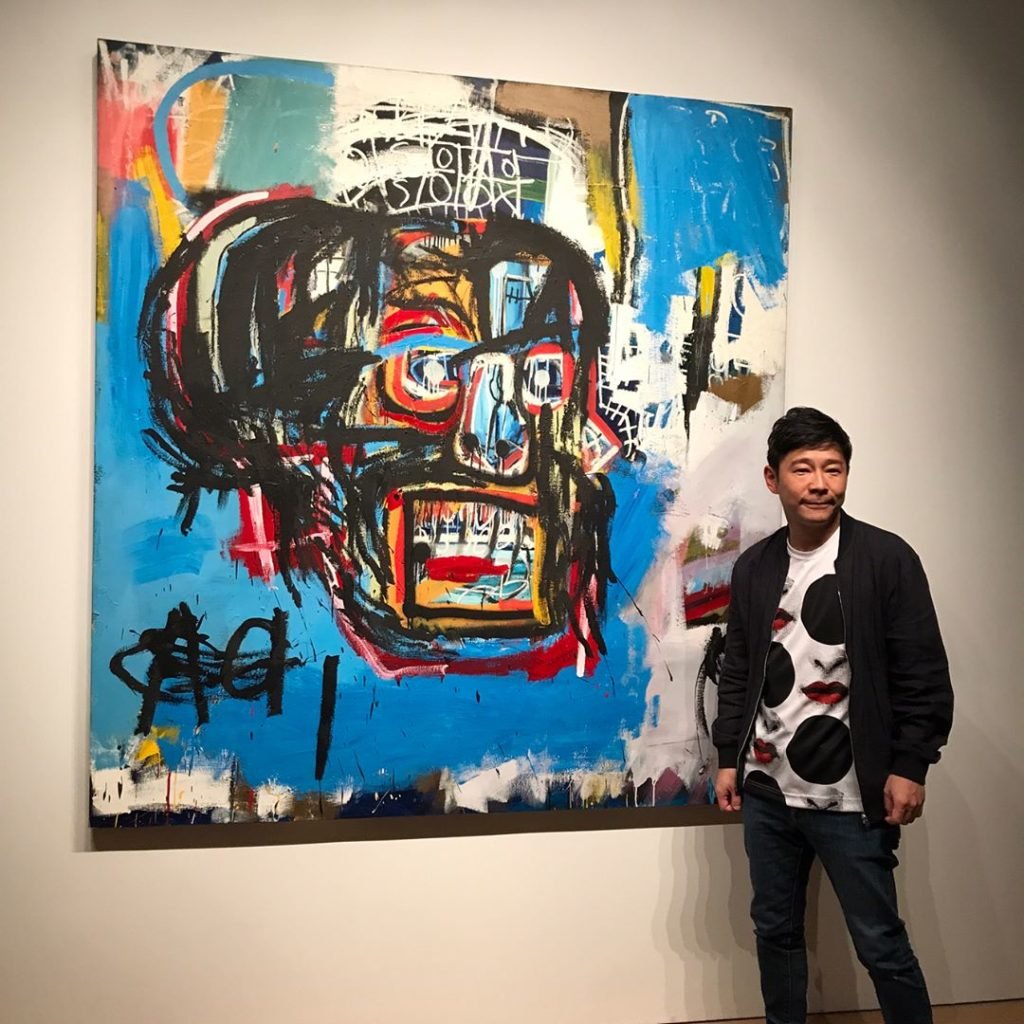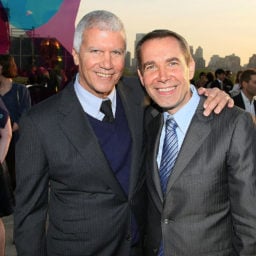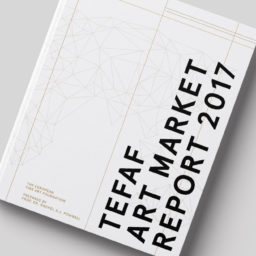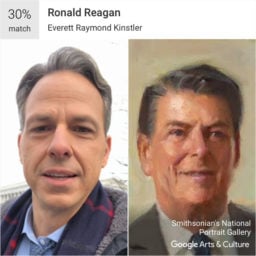Every Monday morning, artnet News brings you The Gray Market. The column decodes important stories from the previous week—and offers unparalleled insight into the inner workings of the art industry in the process.
This week, stories that needed to be seen from two angles for clarity…
ELECTRIC MUSEUM-AID ACID TEST
On Tuesday, Lee Rosenbaum took aim at the Brooklyn Museum for agreeing to present a six-week show titled “One Basquiat,” described by my colleague Eileen Kinsella as “the prelude to a series of forthcoming exhibitions at the museum that focus on a single work from its collection.”
The work in question here is Jean-Michel Basquiat’s record-breaking Untitled (1982). Rosenbaum’s quarrel is that the show will be financially supported by its current owner, Japanese billionaire Yusaku Maezawa, who paid $110.5 million (with premium) for the piece at Sotheby’s last spring.
She wrote that “if the Brooklyn Museum feels ‘One Basquiat’ is truly worth doing, it should fund the show the old-fashioned way, not by relying on the megabucks owner’s largess.”
Now, I want to be clear about this: I wish Rosenbaum nothing but the best on a personal level. But I’ve tried very, very hard to understand her line of argument, and I remain as dumbfounded by it as if I had just watched her convert her own body into a racecar like a Transformer.
I recognize that I’m an outlier on many museum issues. I take a lot of stances that piss a lot of people off. But the irony is that it comes from what I think is a pretty uncontroversial core belief.
In my view, art museums exist to enrich and educate their communities with high-quality, diverse programming that also motivates good scholarship—and to accomplish these goals at the most accessible price possible (ideally free).
After a lot of agonizing over institutional issues, though, I’ve decided I can calibrate a pretty rational perspective on most, if not all, of them by asking myself two questions. And if I can’t answer both in the affirmative in a few direct words, then I should feel comfortable concluding that the purported scandal in question is, in fact, not a thing.
First question, on policy matters: Is this hurting anyone, and, if so, how much?
By “anyone,” I specifically mean “actual people.” Not concepts, traditions, or academic standards. HUMAN BEINGS. Because, again, museums exist to serve the community.
This means that if someone has to resort to theoretical dangers to contest the premise, I’m chucking their complaint into a landfill. Ideals only matter to the extent that they impact people’s lives.
Let’s keep in mind here, too, that every show carries an opportunity cost. So if the best response that can be mustered is, “Giving this artist a show means another one can’t have a show there instead,” that is literally never not true for any exhibition. And when the length of the show in question is a mere six weeks, it’s a pretty flimsy retort anyway.
Second question, on programming: Is the work unworthy of being shown in a museum?
Really, this is more of a corollary to the first question than a separate criterion. If a museum chooses to present crappy programming, I think it pretty inarguably hurts the public.
At the same time, using “unworthy” rather than “bad” gives us a necessary amount of wiggle room. It’s not an existential crisis if a museum does a poor job of presenting a fine idea for a show.
Does that mean the show shouldn’t be criticized in reviews? Of course not. By all means, when it happens, please hammer away like a convict tunneling for freedom. But unless the idea itself is ridiculous, I don’t think we should be out here trying to get people censured over occasional failures in taste and/or execution.
The flip side is that “unworthy” also links back to the concept of serving the public. If museums aren’t sometimes allowed to mount exhibitions that excite demographics they might not otherwise reach, then are they really accomplishing their mission? Or are they shafting the community and the institution alike by estranging the two from one another through a single-minded dedication to arcana (at least, in the average person’s mind)?
There are levels to this too. “Manus X Machina” did not turn the Met into the Museum of Ice Cream. And I think it’s a little offensive for us in the art world to treat all shows that draw a broader public as if they’re equally brain-dead.
So with all that said, can critics of “One Basquiat” provide legit rebuttals to either of the two questions above?
Personally, I don’t think so. Because the Brooklyn Museum is…
- Asking visitors to pay zilch for the show.
- Building a serious educational program around it, particularly for diverse groups of students, who museums desperately need to reach in order to stay viable going forward.
- Featuring an artist of color, which everyone agrees institutions should prioritize immediately.
- Exhibiting a serious work by an acknowledged master of late 20th century painting.
- Bolstering their longstanding status as one of the leading institutional authorities on Basquiat (a hometown—and home-borough—artist, it’s worth noting).
- Likely attracting a broad swathe of the greater public, since Untitled’s status as an auction supernova might make it the most zeitgeist-y artwork in the world right now short of Salvator Mundi.
That’s six unqualified goods. With all due respect, we’re supposed to want the Brooklyn Museum to torch them all because Maezawa wants to… cover the costs of the show? In an era where we all agree that most arts nonprofits are getting so low on operating funds that their curatorial teams are on the verge of having to moonlight as scrap-metal harvesters?
I’m sorry, I just can’t get there.
It does a disservice to museums and their audiences alike to paint every interaction between private art, private money, and public programming with the same broad brush. If concepts start taking priority over people, I think it’s time to re-evaluate. And “One Basquiat” is as good a place to start that process as any.
[CultureGrrl]
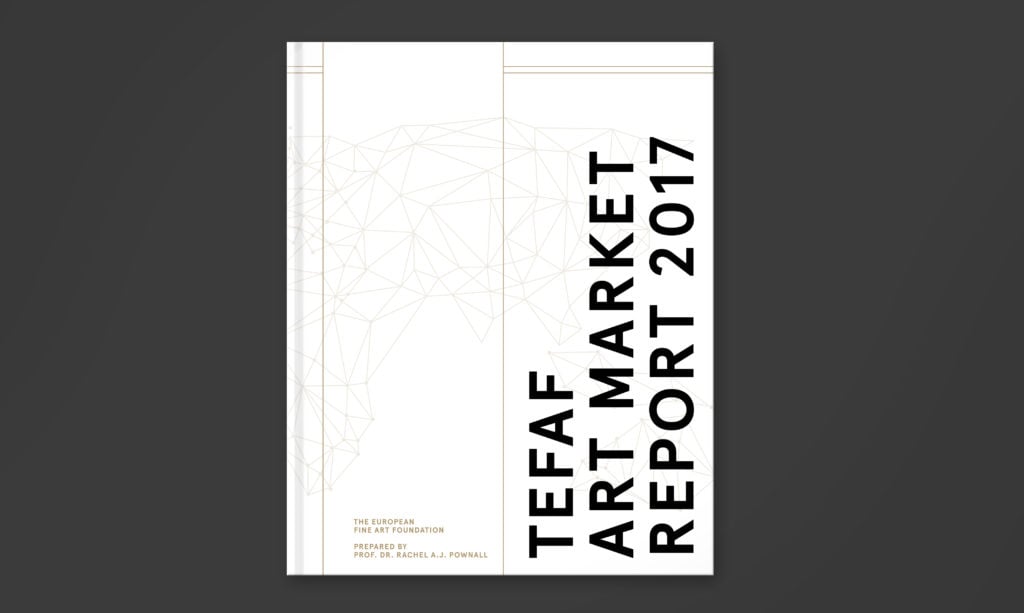
TEFAF Art Market Report 2017. Courtesy TEFAF.
HOMICIDE REPORT
On Friday, Melanie Gerlis broke the news that TEFAF has discontinued its annual art-market report, the most prominent macro-level attempt at quantifying the industry’s sales and operational activity since its launch in 2000.
Or at least, it used to hold that title belt until Dr. Clare McAndrew, who TEFAF had commissioned to lead the report beginning in 2008, accepted an offer to take her talents to Art Basel and UBS midway through 2016. (Full disclosure: artnet previously provided data to the TEFAF report, but that relationship ended at some point before I became a staff writer.)
McAndrew’s free-agent move compelled TEFAF to turn annual-report duties over to professor Rachel Pownall, whose alternative methodology delivered substantially different results than those in her predecessor’s competing study, The Art Market | 2017.
Gerlis contended that the TEFAF report’s demise is a substantial setback for the industry. In her words, the gap between Pownall’s and McAndrew’s results “raised pertinent questions about how to measure an opaque market and it’s a shame that the debate has in effect stopped.”
I totally agree with that quote. And since Gerlis is as good as it gets on this beat, I have no doubt that her conversations around the industry backed up the notion of a struggle for influence between the two reports.
For comparison, here’s a slash-line comparison of some of their key head-to-head estimates:
McAndrew | Art Basel & UBS: $56.6 billion in sales (-11 percent year-on-year change) / 296,315 worldwide private sellers / $4.9 billion in online sales
Pownall | TEFAF: $45 billion in sales (+1.7 percent year-on-year change) / 51,000 worldwide private sellers / no original data on online sales
At the same time, I personally never got the sense that much of a debate ever started. But then again, my perspective may be skewed by my original intuitions that the art business would refuse to reconcile two wildly divergent self-portraits—especially when Pownall’s in many respects looked as unfavorable as the Trump side of all those #Girther tweets spurred by POTUS’s new medical exam.
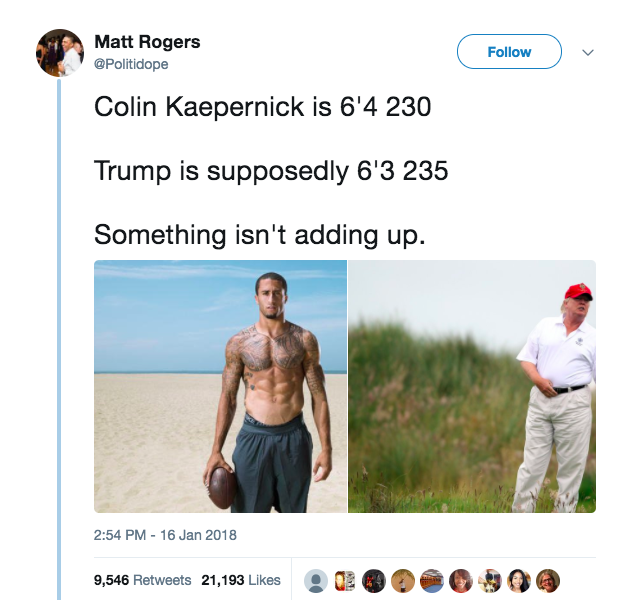
Aside from this overly militant blog post, I also wrote in the opening pages of my book The Great Reframing that, after wrestling with the question of how much faith we should really place in annual art-market reports, I had decided to “jettison the 2017 TEFAF report” because of “a general laxness that shows up again and again in the study—a laxness that I expect will help lead to TEFAF’s analytical influence being usurped by Art Basel & UBS going forward. And since I mostly intend to use art-market reports as a foil here, I might as well just spar with the one likely to be the most popular.”
Granted, I didn’t think we’d be shoveling dirt onto the TEFAF report a year later. But the study’s sudden demise provides an opportunity for the industry—we analysts first and foremost—to reassess how to quantify the market in a useful, sound way.
TEFAF told Gerlis that it will now pivot to “producing very in-depth and focused reports that concentrate on a variety of subjects.” She relayed that the first, by ArtTactic founder Anders Petterson, will take a microscope to the art-financing industry and will be released alongside TEFAF’s Spring New York edition in May.
Although in theory I’d always rather have better info on smaller matters than worse info on larger ones, time will tell if the methodology in this new breed of studies will be superior to the ones I’ve so often criticized in the grander reports. But if so, it will be arguable that McAndrew’s departure from TEFAF may have been a blessing in disguise for both the organization and our understanding of the market.
[Financial Times]
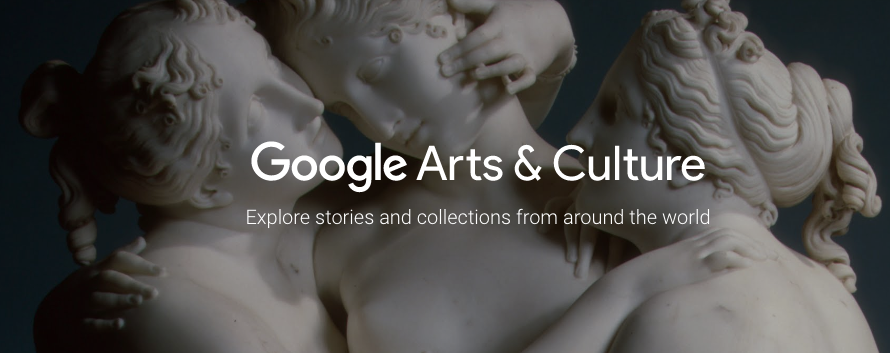
Google Arts & Culture homepage.
TECHNO-LOGIC
Finally this week, Anna Somers Cocks took us on a fascinating and, dare I say, important stroll inside the halls of Google’s Cultural Institute and Art Project, courtesy of an extended interview with director Amit Sood.
On one hand, the piece provides insight into the heartening amount of resources being committed to a consortium of global museums by the tech giant, from mega-hi-res cameras to new storytelling technology to a “content group” that helps participating institutions organize the raw digital material into useful tools.
On review, though, I also left the piece feeling a little unsettled by how much influence Google and its coffers likely have within our struggling arts-nonprofit sector today. As an example, Sood paraphrases the team at the Met telling him of their new open-data policy that, “If it hadn’t been for you guys [Google] coming in and digitizing and helping us structure this online, we might not have done it.”
That’s a great outcome in a vacuum. But with Google shepherding 185 museums through projects like We Wear Culture, what happens when the process goes widescreen?
Full disclosure: I probably worry too much about the monopolistic effects of Big Tech on every aspect of our lives. For instance, when I read about the insane concessions that North American mayors are rolling out in hopes of landing Amazon HQ2—Scott Galloway justifiably describes Chicago’s offer to let the company keep payroll taxes as “saying, in effect: We give up, you are now the government”—it’s hard for me not to picture Jeff Bezos as dystopia-shaping demigod Eldon Tyrell in the original “Blade Runner.”
I’m not saying the Google Cultural Institute is some kind of malevolent superstructure. But I am aware that, in the absence of a well-functioning and inclusive government, many people are getting awfully enthusiastic about outsourcing their hopes—and a lot else—to Silicon Valley.
We in the arts should definitely continue to pull alongside Google and other major tech players to reel in a brighter future. Now that they’ve got a grip, though, let’s just make sure that we don’t let go of the rope.
[The Art Newspaper]
That’s all for this week. Til next time, remember: It’s all a matter of perspective, until something hits you right between the eyes.
